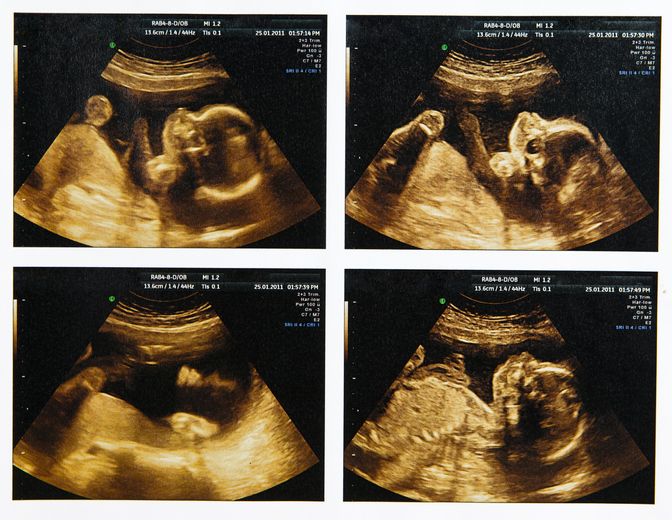The first known case of hemolytic disease of the fetus and newborn (HDFN) was reported by a French midwife in 1609. The midwife delivered twins. One baby was born swollen and died soon after birth. The other newborn developed jaundice and died several days later. For the next 300 years, many similar cases of probable HDFN were described in which the newborns did not survive.
Cause of HDFN
In the 1950s, it became recognized that HDFN developed because a newborn’s red blood cells (RBCs) were being attacked by antibodies from the mother. The attack, which begins while the baby is still in the womb, occurs when a mother’s blood is not compatible with her baby’s blood. In other words, in those with HDFN, there is an RBC mismatch between mothers and their fetuses that can cause major health issues and even death. With the use of appropriate treatments, such fatal results are now rare.
HDFN, also known as Erythroblastosis fetalis, is a blood disorder that affects mainly Rhesus-positive (Rh+) fetuses and infants who are born to Rhesus-negative (Rh–) mothers. The disease starts with the attacking of fetal RBCs by maternal antibodies after alloimmunization—an immune system response that is due to Rh or ABO incompatibility between maternal blood and fetal blood. In newborns with HDFN, RBCs break down at a rapid rate.
Initial treatments of HDFN
Studies conducted in the United States and the United Kingdom, beginning in the 1960s, evaluated the use of a drug called Rh immune globulin (RhoGAM) that could eliminate the HDFN-causing antibodies from a mother’s blood. The results showed that offering therapeutic antibodies to women during pregnancy could lead to the prevention of HDFN. Intravenous immunoglobulin (IVIG) should be provided early to pregnant Rh– women who have not received Rh sensitization.
By the 1970s, routine antenatal care was introduced, which involved screening expectant mothers to learn who might be at risk for HDFN and then offering them appropriate preventive treatment. This led to an impressive decline in HDFN, especially severe cases linked to stillbirths and neonatal deaths.
Brief history of alloimmunization and treatment options
Here is a short history of the use of alloimmunization and therapies:
Early 1900s
In 1911, the ABO blood group system was discovered, and the first ABO testing system was developed. In 1921, a report was issued on inter-ABO incompatibility.
1940s
In 1940, the Rh D antigen was discovered, and indirect and direct agglutination tests were developed from 1945 to 1947.
1950s
The first measurements of bilirubin in amniotic fluid were performed in 1956, and two years later, the first phototherapy light unit for treating hyperbilirubinemia was created.
1960s
The Liley chart for evaluating HDFN severity at 27 to 40 weeks was created in 1961. In 1968, RhoGAM was approved by the US Food and Drug Administration for the prevention of Rh immunization.
In 1980, a study was published that detailed the use of plasmapheresis for reducing antibody titers, which led to successful pregnancies. In 1981, the fetoscope was introduced in order to administer fetal intravascular transfusion. From 1982 to 1983, increased rates of alloimmunization were seen after amniocentesis.
1990s
In 1992, erythropoietin was used in infants with late-onset anemia due to anti-D antibodies. The Queenan chart for evaluating HDFN severity at 14 to 40 weeks was developed in 1993. Cell-free fetal DNA (cffDNA) was reported floating in maternal plasma in 1997; cffDNA was used to confirm fetal RhD status in 1998.
2000s
In 2003, maternal administration of phenobarbital began to decrease the need for exchange transfusions in neonates with HDFN. The first use of in utero IVIG for Rh disease was reported in 2007. In 2019, trials of the monoclonal antibody nipocalimab began, and research on it continues today.

